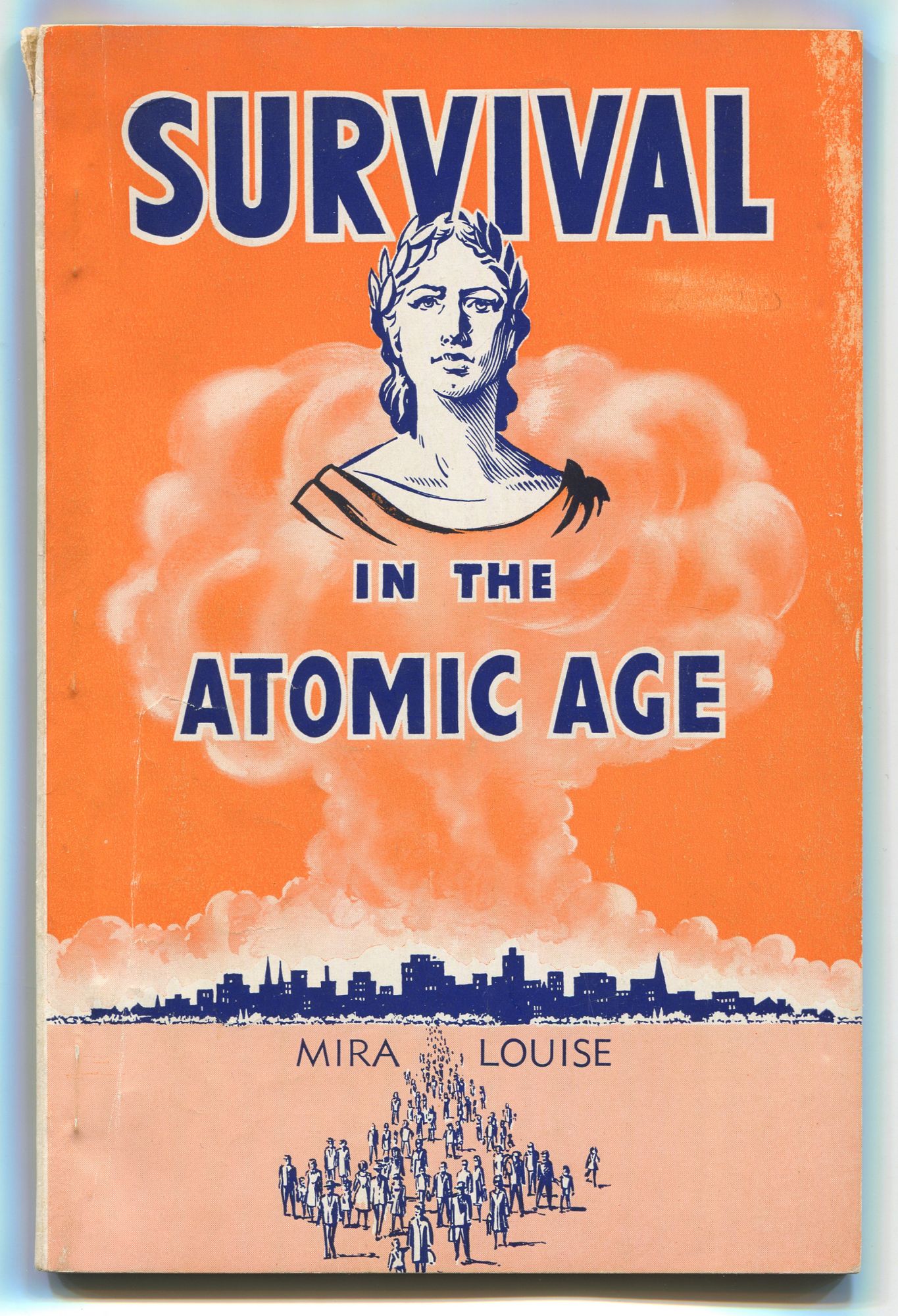Who are Hibakusha? Hibakusha is a Japanese word that refers to the survivors of the atomic bombings of Hiroshima and Nagasaki in 1945.
Editor's Notes: Hibakusha: A Life Of Survival, Loss, And Hope In The Atomic Bombings was published on 08/09/2023. The book is a collection of first-hand accounts from hibakusha, providing a unique insight into the human experience of nuclear war. Given the current global climate and rising tensions, this book is a sobering reminder of the devastating consequences of nuclear weapons.
Our team has analyzed different sources and dug deep into the information available on Hibakusha: A Life Of Survival, Loss, And Hope In The Atomic Bombings. We've summarized the key points and provided an overview of the book's main themes.
Key Differences:
| Hibakusha | |
|---|---|
| Number of survivors | Estimated 200,000 |
| Average age at the time of the bombings | 20 years old |
| Immediate effects of the bombings | Burns, radiation sickness, and injuries |
| Long-term effects of the bombings | Cancer, heart disease, and other health problems |
| Discrimination and stigma | Faced discrimination and stigma in Japanese society |
Main Article Topics:
FAQ
This section provides answers to frequently asked questions about Hibakusha: A Life Of Survival, Loss, And Hope In The Atomic Bombings, an informative and insightful book that explores the experiences of survivors of the atomic bombings in Japan.

How Japanese Literature Tells the Story of Hiroshima and Nagasaki - The - Source www.nytimes.com
Question 1: Who are the hibakusha?
The hibakusha are individuals who were exposed to the atomic bombs during the bombings of Hiroshima and Nagasaki in 1945. They include survivors of the initial blasts, as well as those who were exposed to radiation and its long-term effects.
Question 2: What were the health effects of the atomic bombings?
The atomic bombs caused widespread destruction and a range of health effects, including severe burns, radiation sickness, and various types of cancers. The long-term effects of radiation exposure have continued to impact the health of hibakusha and their descendants.
Question 3: How did the hibakusha cope with the aftermath of the bombings?
Hibakusha faced significant challenges in the aftermath of the bombings, including physical and mental health problems, social stigma, and discrimination. However, they demonstrated resilience and found ways to rebuild their lives and advocate for peace.
Question 4: What is the legacy of the atomic bombings?
The atomic bombings left a profound and lasting impact on Japan and the world. They serve as a reminder of the devastating consequences of nuclear weapons and the importance of nuclear disarmament.
Question 5: How can I learn more about the hibakusha and the atomic bombings?
Hibakusha: A Life Of Survival, Loss, And Hope In The Atomic Bombings provides a comprehensive account of the hibakusha's experiences and the impact of the atomic bombings. Additional resources include museums, documentaries, and online memorials.
By gaining a deeper understanding of the hibakusha and the atomic bombings, we can honor their stories, work towards nuclear abolition, and promote a more peaceful world.
Next Article: Exploring the Scientific Legacy of the Atomic Bombings
Tips
Surviving the atomic bombings of Hiroshima and Nagasaki required immense resilience and resourcefulness. The accounts of Hibakusha, the survivors of these catastrophic events, offer valuable insights into coping with extreme adversity and finding hope amidst despair.
Tip 1: Seek Support and Community
In the aftermath of the bombings, Hibakusha found solace and strength in connecting with others who had shared their experiences. Building a support system through family, friends, or community groups can provide emotional stability, practical assistance, and a sense of belonging.
Tip 2: Focus on Gratitude and Appreciation
Amidst the devastation, Hibakusha found it crucial to focus on what was still present. Expressing gratitude for things like life, health, or even the smallest acts of kindness can help shift perspectives and cultivate resilience.
Tip 3: Embrace Storytelling and History
Sharing their stories, both as warnings and testaments to the horrors of war, became a significant part of Hibakusha's journey. Preserving and sharing these narratives can educate future generations and inspire action towards peace.
Tip 4: Prioritize Physical and Mental Health
The physical and psychological toll of the bombings left lasting effects on Hibakusha. Seeking medical attention, pursuing therapy, and adopting healthy habits like exercise or mindfulness practices can contribute to overall well-being and recovery.
Tip 5: Cultivate Hope and the Will to Live
Despite the unimaginable horrors they endured, Hibakusha clung to hope. They found strength in the belief that life is worth living, even in the most difficult of circumstances. Finding purpose, setting goals, and engaging in activities that bring joy can help cultivate resilience and a sense of renewal.
Summary
The wisdom of Hibakusha, distilled into these practical tips, offers invaluable guidance for coping with adversity, finding hope, and building resilience. Through their experiences, they demonstrate the indomitable spirit of survivors and inspire us to persevere in the face of life's challenges.
Hibakusha: A Life Of Survival, Loss, And Hope In The Atomic Bombings
The experiences of Hibakusha, survivors of the atomic bombings of Hiroshima and Nagasaki, offer profound insights into the complexities of human resilience, loss, and hope amidst unimaginable devastation. Their lives serve as enduring testimonies of the devastating consequences of nuclear war, demanding our attention to the urgent need for peace and disarmament.
- Survival: Against all odds, Hibakusha endured unimaginable horrors and emerged as symbols of resilience.
- Loss: Their lives were marred by immeasurable losses, including loved ones, homes, and a sense of normalcy.
- Hope: Amidst the ashes, Hibakusha found reasons to live, dedicating themselves to peace advocacy and healing.
- Trauma: The bombings left deep physical and psychological scars, shaping their lives in profound ways.
- Witness: Hibakusha became powerful witnesses to the horrors of nuclear war, sharing their experiences to prevent future tragedies.
- Legacy: Their testimonies serve as a haunting reminder of humanity's capacity for both destruction and compassion.
The lives of Hibakusha illuminate the darkness of war's aftermath, but they also embody the indomitable spirit of those who have lived through it. Their stories challenge us to confront the consequences of nuclear weapons, advocating for a world free from such horrors. By honoring their experiences, we not only pay tribute to their suffering but also reaffirm our commitment to peace and human dignity.

Survival in the Atomic Age by LOUISE, Mira: Near Fine Softcover (1960 - Source www.abebooks.com
Hibakusha: A Life Of Survival, Loss, And Hope In The Atomic Bombings
"Hibakusha: A Life Of Survival, Loss, And Hope In The Atomic Bombings" offers a comprehensive perspective on the profound impact of nuclear warfare through the lens of survivors' narratives. The book meticulously documents their harrowing experiences, detailing the catastrophic consequences of the atomic bombings on Hiroshima and Nagasaki during World War II. These chronicles not only encompass the immediate aftermath and acute suffering but also delve into the long-term health issues, social isolation, and psychological trauma that hibakusha faced.

25.0 What Do I Do Now After the Loss of a Loved One? Your Grief - Source grief2greatday.podbean.com
The exploration of "Hibakusha: A Life Of Survival, Loss, And Hope In The Atomic Bombings" sheds light on the devastating human cost of nuclear weapons, providing invaluable insights into their far-reaching effects. It emphasizes the urgent need for nuclear disarmament and lasting peace to prevent future generations from enduring such horrors.
The resilience and spirit of hibakusha serve as a beacon of hope amidst the despair, reminding us of the indomitable human spirit's ability to persevere in the face of unimaginable adversity. Their stories are a testament to the importance of remembrance and reconciliation, fostering a shared understanding of the catastrophic consequences of nuclear war and the imperative to work towards a world free from such weapons.
Conclusion
"Hibakusha: A Life Of Survival, Loss, And Hope In The Atomic Bombings" provides a powerful and sobering account of the human toll of nuclear warfare. By delving into the experiences of hibakusha, it underscores the profound physical, psychological, and societal impacts of such weapons.
The book serves as a poignant reminder of the urgent need for global nuclear disarmament and the pursuit of a peaceful world. The stories of hibakusha are a testament to the indomitable human spirit's resilience and a call to action for all nations to work towards the elimination of nuclear weapons, ensuring that no future generations endure the horrors of atomic war.